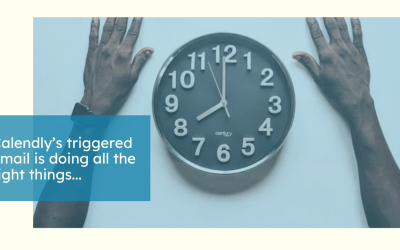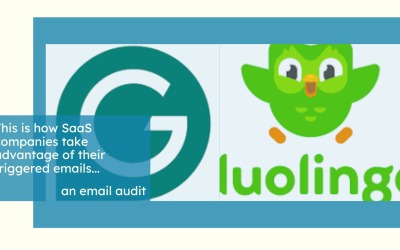I enjoyed today’s email audit (as you’ll probably hear in my voice).
It’s a webinar invite, and it was persuasive, hit the right notes and it immediately gained a spot in my swipe file. It is great to see an email doing a webinar invite the right way.😏
If you are a coach, service provider, or business owner who hosts webinars and other online events, this email breakdown is definitely one you would want to watch.
To get the full benefits, watch the video and read the review.
Goodies
1, Problem-Agitation-Solution.
Like I’ve said before, use PAS when in doubt. This email demonstrates what makes it so great.
The goal was to get people to sign up to attend the webinar and PAS showed why they needed to attend. The problem was also a great hook.
2, Being specific will save you.
Research leaves you with copy gold because research makes sure you are specific.
While stating the problem, the writer stated who exactly he was hoping to reach: freelancers, and agency owners.
These specific titles signaled to the ONE reader that this email was meant for them. If you want to be more specific don’t hesitate to call out your target audience.
3, Acknowledge the struggles of your ONE reader.
Another reason I liked this email so much was that it showed the reader that they were understood.
This is a neat trick: After introducing the solution, there was acknowledgment of what that solution could cause (because it isn’t always easy to turn down work).
This acknowledgment quickly handled an objection and made sure that they continued reading, making it easier for them to get to the final Call To Action.
Do you need to spot and plug money-leaking, client-shedding holes in your email marketing funnel without the anxiety brought on by guesswork? I can help. Let’s talk!
4, Use mini-yesses to keep your reader engaged.
Mini-yesses are obvious facts (between the reader and yourself) that will keep them nodding their heads.
They make it easier for the reader to take action when they get to the CTA.
One mini-yes was:
“Sure turning down work is hard. But the more you spend time working with clients who aren’t a great fit, the less time you spend finding and working with truly great clients.”
This works great because this is the truth of the situation, it is something they’ve experienced and it’ll make them agree with you.
Like Laura Lopuch says in Copy School mini-yesses are little conversion points in your email that allow your readers to agree with you so that it’s easier for them to click on your final call to action.
Uglies
1, Needed a more action-driven subject line.
This email’s subject line can be optimized to perform better.
For example, instead of “Getting more clients,” (which is great btw), it can become “How to get better paying clients,” or “How to get more clients as a freelancer.”
2, The outcome wasn’t included.
PASO or PASOP is something that Joanna Wiebbe teaches in Copy School. And the O means Outcome.
Adding the outcome of attending the webinar would have made the email even better. And the features could have doubled as outcomes.
An outcome doesn’t have to be lengthy, it just has to state something specific that will happen to improve their lives (no need for exaggeration, just the truth) about getting your solution.
Always be testing
Email marketing has so many best practices.
Some standards you can’t tweak while others give you more leeway.
No matter how good an idea is, test it against what you’ve been doing to see which one works better. I will see you next week with another email audit.
Do you need to spot and plug money-leaking, client-shedding holes in your email marketing funnel without the anxiety brought on by guesswork? I can help. Let’s talk!





0 Comments